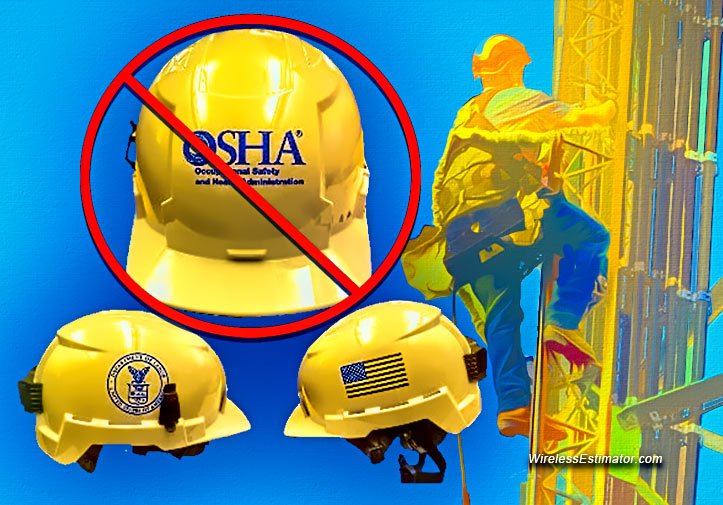It provides crucial insights into the key differences between the two, emphasizing advancements in design, materials, and protective features that safeguard workers’ entire heads. Additionally, the bulletin offers guidance on proper inspection and storage practices for head protection, whether it’s a modern safety helmet or a conventional hard hat.
Evolution of Head Protection:
The SHIB underscores the paramount importance of head protection in hazardous work environments. While traditional hard hats have long been the standard choice for safeguarding workers’ heads, technological progress and improved understanding of head injuries have led to the development of safety helmets. These helmets, constructed with a blend of lightweight composites, fiberglass, and advanced thermoplastics, offer enhanced impact resistance while reducing neck strain. Moreover, safety helmets are equipped with chin straps to secure them during potential slips, trips, or falls, ensuring comprehensive head protection.
Customized Protection for Varied Hazards:
One of the standout distinctions between traditional hard hats and safety helmets lies in their construction materials. Safety helmets combine a range of materials to enhance impact resistance while reducing overall weight, making them comfortable for extended use. Beyond materials, safety helmets can incorporate various features tailored to address specific workplace risks. These can include add-on face shields, goggles, hearing protection, communication systems, and more. Employers must assess workplace hazards to determine the most suitable head protection for each situation.
Diverse Applications of Safety Helmets:
The SHIB highlights recommended scenarios for using safety helmets, such as construction sites, oil and gas industries, tasks involving working from heights, electrical work, high-temperature environments, specialized work environments, compliance with regulatory requirements, and even low-risk settings. Safety helmets offer comprehensive protection, especially in workplaces with potential head injury risks.
Proper Storage and Evaluation:
The bulletin places significant emphasis on the proper storage and evaluation of head protection before each use. It provides essential steps, such as cleaning and drying head protection, inspecting the shell and suspension system, checking labels and certification marks, verifying the date of manufacture, examining accessories, ensuring a proper fit, evaluating for damaged or loose parts, inspecting interior cushioning, and assessing any previous impact damage. These practices are vital for maintaining head protection’s structural integrity and effectiveness.


















